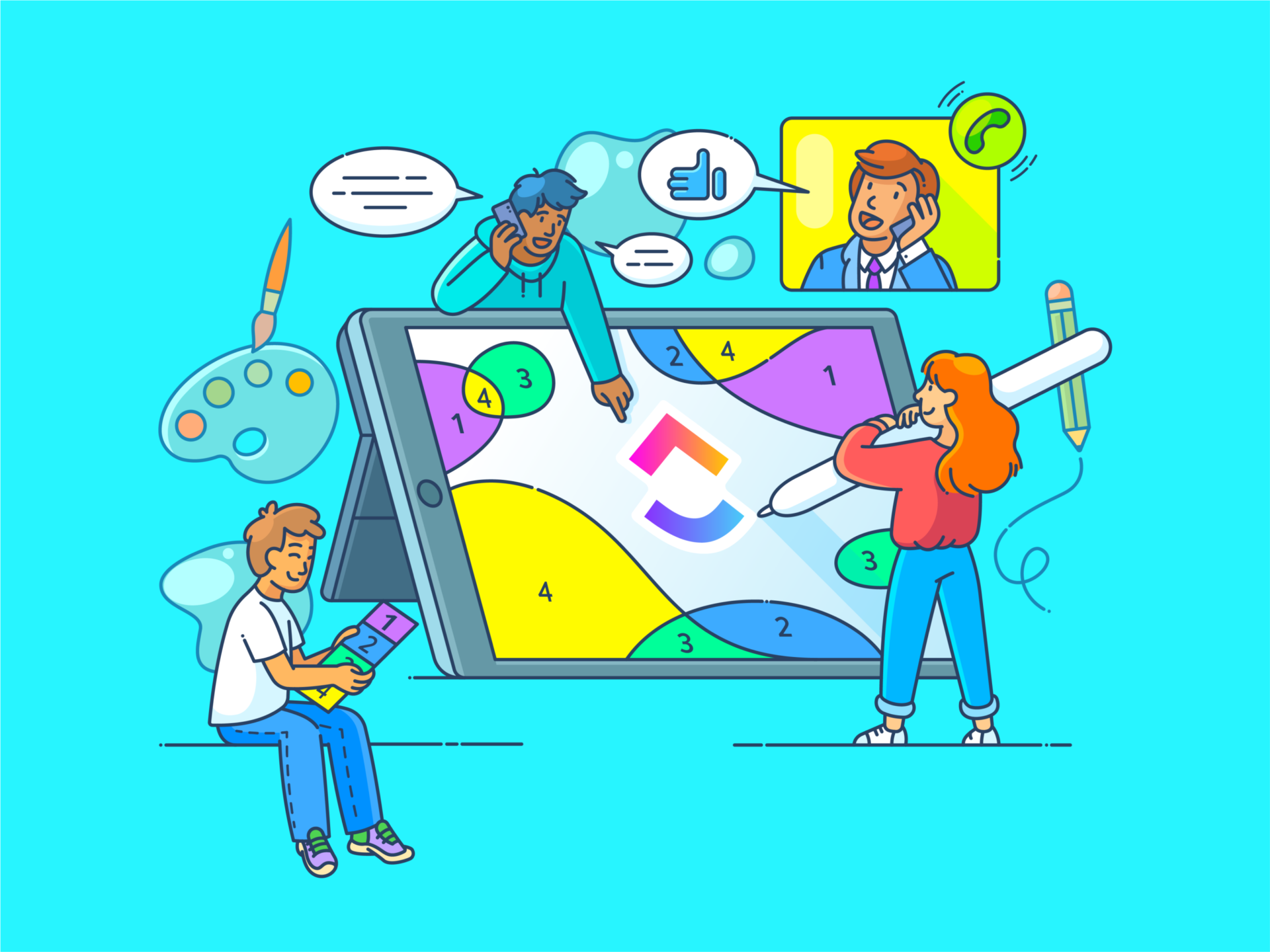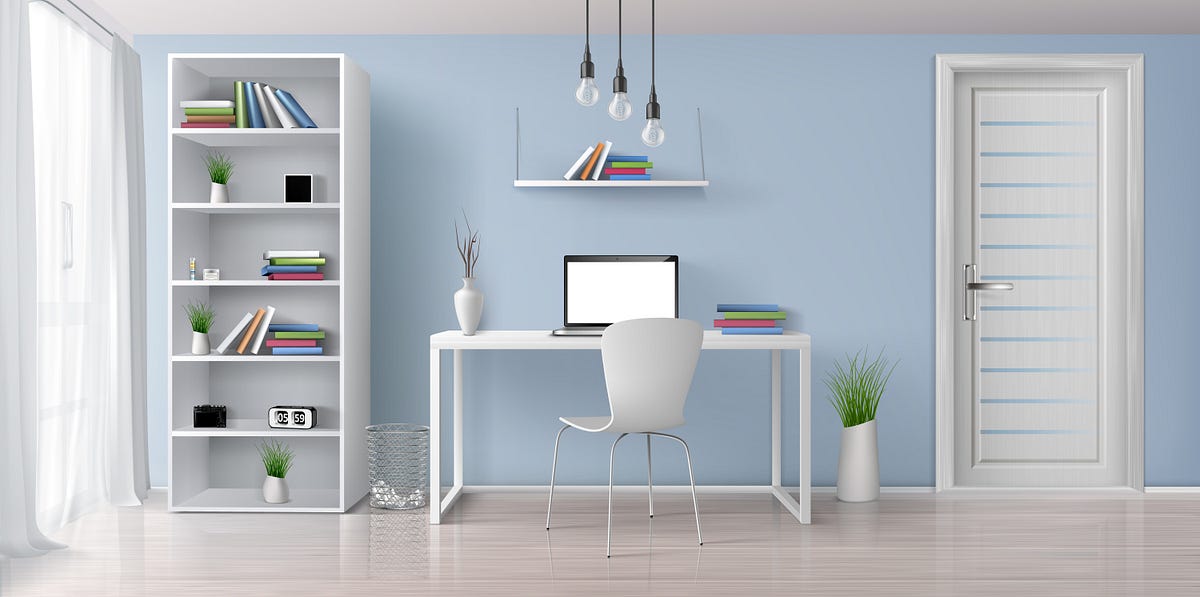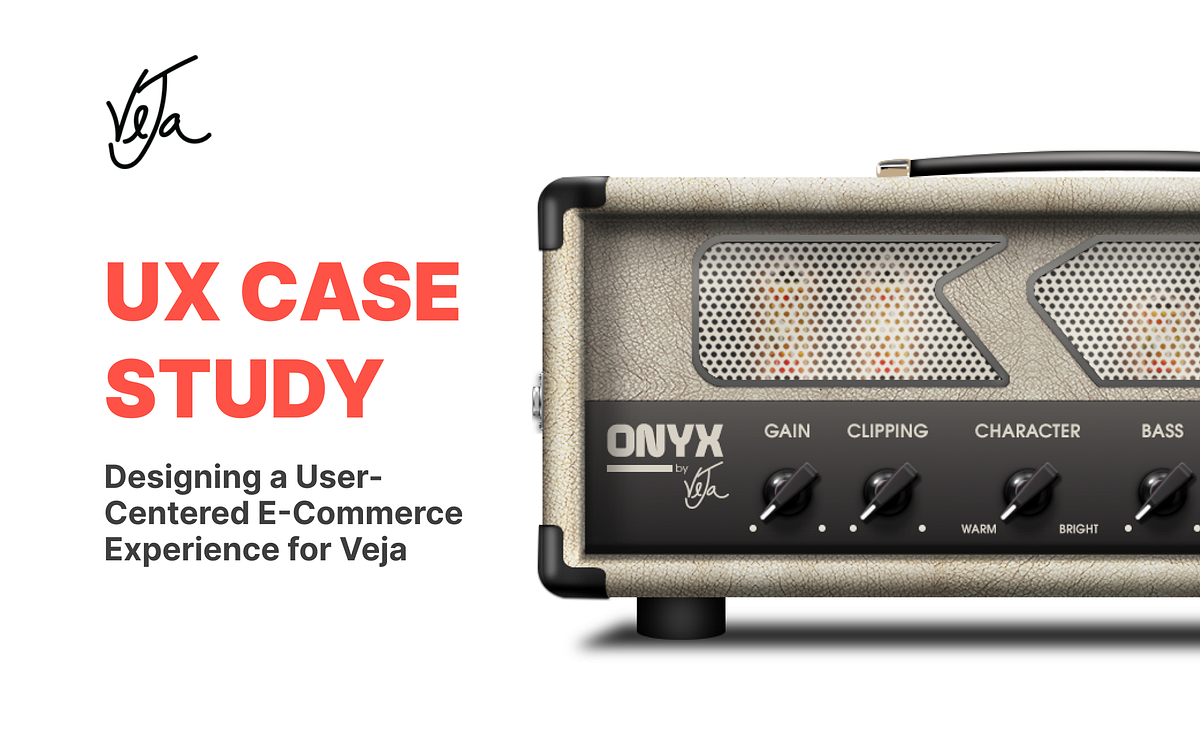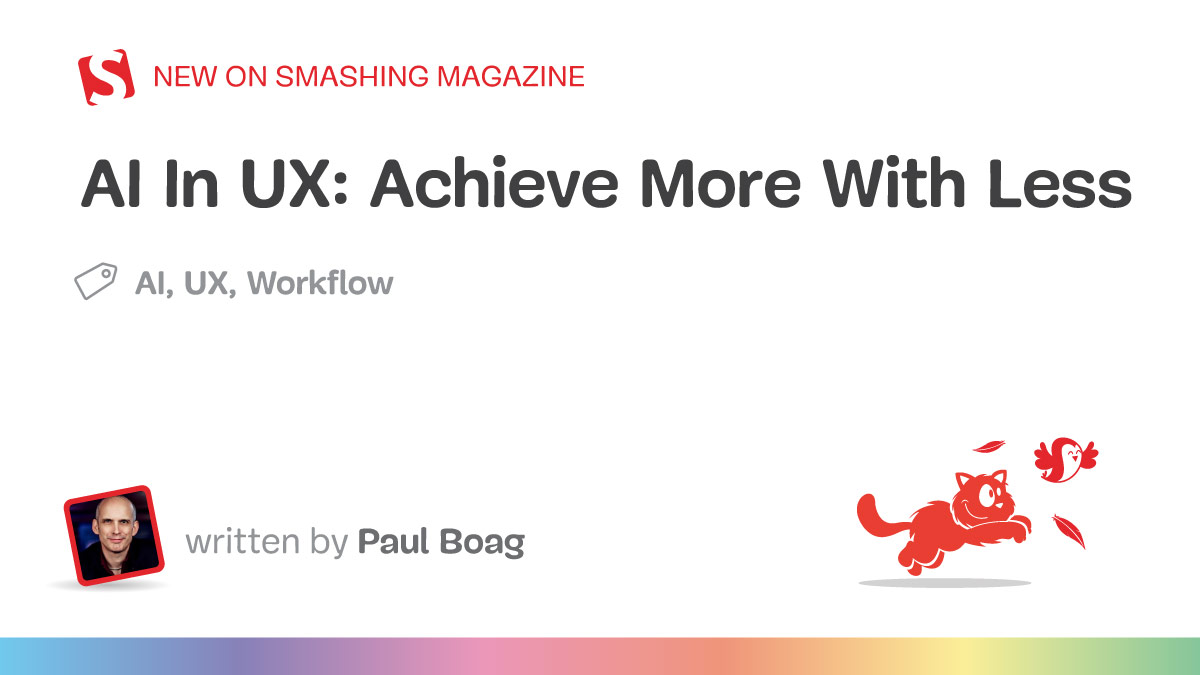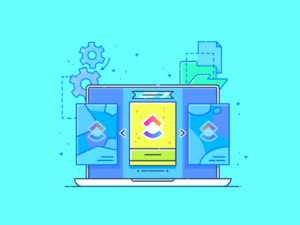#user-research
#user-research
[ follow ]
#ux-design #user-experience #empathy #product-strategy #product-development #design-thinking #e-commerce
fromMedium
1 month agoWhat 5 Musicians Taught Us About Designing a Guitar Plugin Store
VeJa is a company that creates guitar plugins simulating amplifiers for music production. They were selling exclusively on the MOD Devices platform but wanted to expand their reach with their own online store. The challenge? They had great products, a loyal niche following, but no website. Just a logo. And us. The brief was simple: Our bootcamp team of three had just 8 days to prototype a e-commerce platform that would help VeJa compete
UX design
fromMedium
2 months agoAI interfaces and the role of good writing
If you've used an AI product recently, you probably know that the technology is incredible. The UX? Not so much. Maybe you've gotten comfortable writing prompts or using simple one-click tools. But as AI interfaces start to take different forms, many of them are still kinda hard to figure out. Navigating them can be overwhelming. It doesn't feel like you're using these products so much as deciphering them. The engineering is powerful, but the flows don't make sense.
UX design
fromMedium
2 months agoThe 4 superpowers of a content designer
Unlike our flashy cousins, product/UX designers or the tech-savvy dev crowd, our superpowers are a bit more... well, understated. And if I'm being honest, I don't think content designers do a good job of articulating what they do, which is ironic, given that content designers are shaping the user experience in ways that are subtle, powerful, and, dare I say, heroic. Content designers solve user problems through simplified content crafting experiences that guide, inform, and engage users.
UX design
fromMedium
4 months agoDesigning Games for Players with Cognitive Impairments: Lessons from the Lab
The biggest surprise was how dramatically cognitive abilities varied within our target population. During our user testing sessions, I watched one participant solve complex spatial puzzles in under ten seconds while expressing frustration that the game wasn't challenging them enough. Twenty minutes later, another participant struggled with what I considered the simplest tutorial level. Both users had the same diagnosis. Both were part of our target demographic. But their cognitive strengths and challenges were completely different.
Video games
Venture
fromLondon Business News | Londonlovesbusiness.com
2 months agoXena and the future of social media: Finding growth in a saturated market - London Business News | Londonlovesbusiness.com
Niche-focused, locally tailored voice-chat platforms can grow despite global social media saturation by addressing underserved regional and generational demands for meaningful, interactive engagement.
fromMedium
3 months agoUsability Testing Metrics and How to Use Them
Usability testing should always be part of product development. Ideally, it is conducted before release, but in practice it can be useful at different stages. It's worth pointing out that, "testing" isn't a goal in itself. Without knowing exactly what you want to measure, you risk ending up with feedback you can't interpret or act on. Every usability study can focus on a different aspect of the experience, and the right metrics depend on your research goals.
UX design
fromMedium
3 months agoThe No-BS Guide to User Research for SaaS Startups
Let's be brutally honest: your brilliant SaaS idea is probably a fantasy. You've got a beautiful mockup, a clever name, and a Trello board full of features that you just know people will love. But here's the cold, hard truth that kills 9 out of 10 startups: 1 Nobody cares about your features. They care about their problems. And right now, you're just guessing what those problems are.
Startup companies
fromSmashing Magazine
5 months agoTurning User Research Into Real Organizational Change - Smashing Magazine
User research insights often fail to drive organizational change because they are not connected to business objectives, making it difficult for stakeholders to recognize their potential impact.
Mobile UX
UX design
fromMedium
7 months agoI Joined 300 User Tests as a Testee- Trends, Mistakes, and Insights You Can't Google
Participating in design tests provided valuable insights and experience in user engagement and product design.
The interaction with experienced designers helped refine my own approach to facilitating user research.
[ Load more ]




